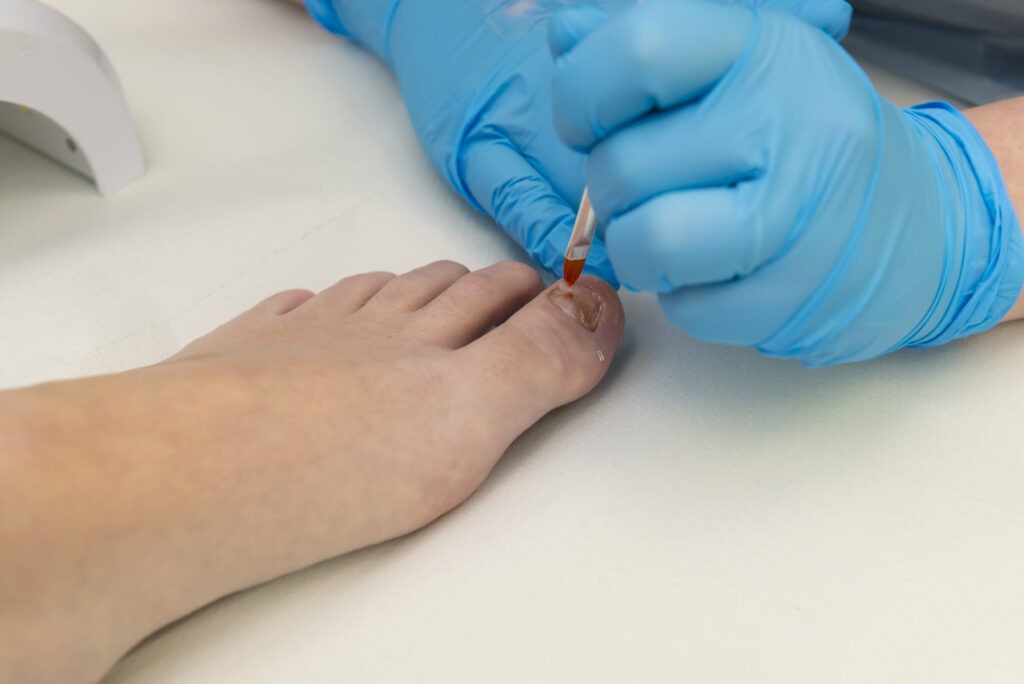
Toenail reconstruction is a cosmetic procedure performed by a podiatrist using a specialist gel that is layered on top of unsightly or misshapen nails so that the nail is more aesthetically pleasing.
Nail reconstruction is not a permanent solution. The length of time that the nail reconstruction lasts will vary from person to person. The new nail will generally last between 4 and 6 weeks after which another nail can be re-applied at a later date.
Toenail reconstruction is a similar process to gel nails in the way that a gel is layered and then hardened using a UV light. The product used for toenail reconstruction however is very different, and this is where the similarities end. The solution is different to gel nails carried out by beauticians in salons for the following reasons:
Many clients with damaged or infected nails are unsuitable for treatment in traditional beauty salons due to the risk of cross contamination. Using aseptic techniques and medical background, this treatment is a perfect option for patients who want an aesthetic look to their toenails while also having the underlying toenail pathologies treated at the same time.
Nail reconstruction can be used as simple instant cover-ups for unsightly nails. It is slightly flexible so it is less likely to break in shoes and it is shaped to properly fit the nail so it wont pop off like a false nail.
It can be used as a protective cover and cosmetic improvement while treating fungal nails and it can be used in conjunction with treatments such as the Lacuna Method for fungal nails.
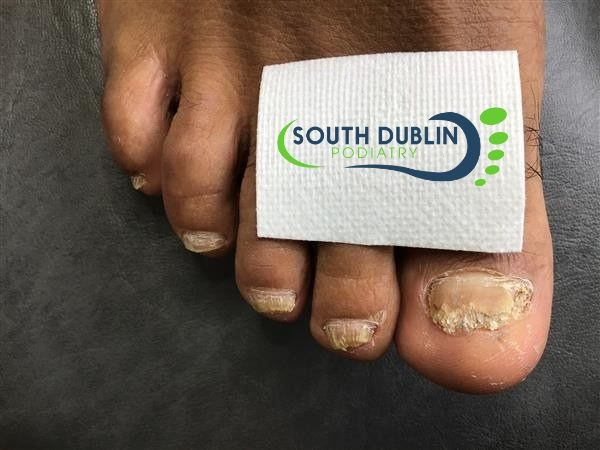

Patients Who Benefit From Nail Reconstruction:
For individuals with fungal nail infections, reconstruction offers a dual benefit. It not only hides the infection’s unsightly appearance but also serves as a protective barrier, allowing concurrent treatment with techniques like the Clearanail Treatment Method for more effective healing.
Those with nails damaged due to injury or trauma can greatly benefit from this treatment. Nail reconstruction helps improve the nail’s appearance and provides protection during the healing process.
Patients with psoriasis affecting their nails can find relief through reconstruction. It conceals nail abnormalities caused by psoriasis, restoring a more natural appearance.
Reconstruction can effectively address nails that have become thickened due to various factors, such as fungal infections or medical conditions.
Individuals with nails that are prone to splitting can benefit from the added strength and protection offered by nail reconstruction.
For those suffering from corns beneath the nails, reconstruction can provide relief by creating a smooth and comfortable surface.
Nail reconstruction can help correct the appearance of curved or ingrown nails, providing a more aesthetically pleasing shape while addressing underlying issues.
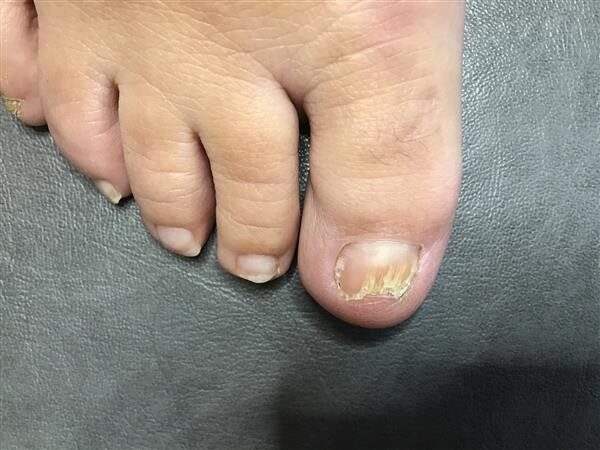
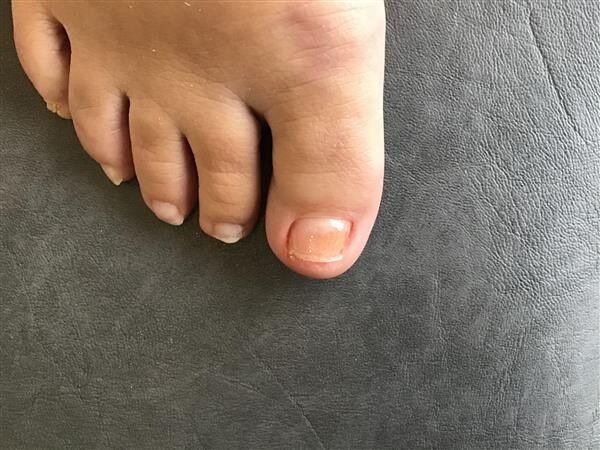
If you’ve been struggling with damaged or unsightly toenails, you’ll find that toenail reconstruction offers a specialised solution that goes beyond traditional beauty treatments. Unlike acrylic nails, toenail reconstruction serves a dual purpose, providing both cosmetic enhancement and addressing underlying nail pathologies.
Here are just some of the ways and benefits of toenail reconstruction:
Unlike traditional beauty salons, podiatrists use aseptic techniques to minimise the risk of cross-contamination, ensuring a safe and hygienic procedure.
The gel used in nail reconstruction is shaped to fit the individual nail perfectly, reducing the likelihood of the cover breaking or popping off in shoes.
Nail reconstruction not only enhances aesthetics but also addresses underlying nail pathologies, making it an ideal option for patients seeking both cosmetic improvement and medical treatment.
With proper care, most patients can enjoy around 6 weeks with their medical-grade artificial nails, providing lasting benefits.
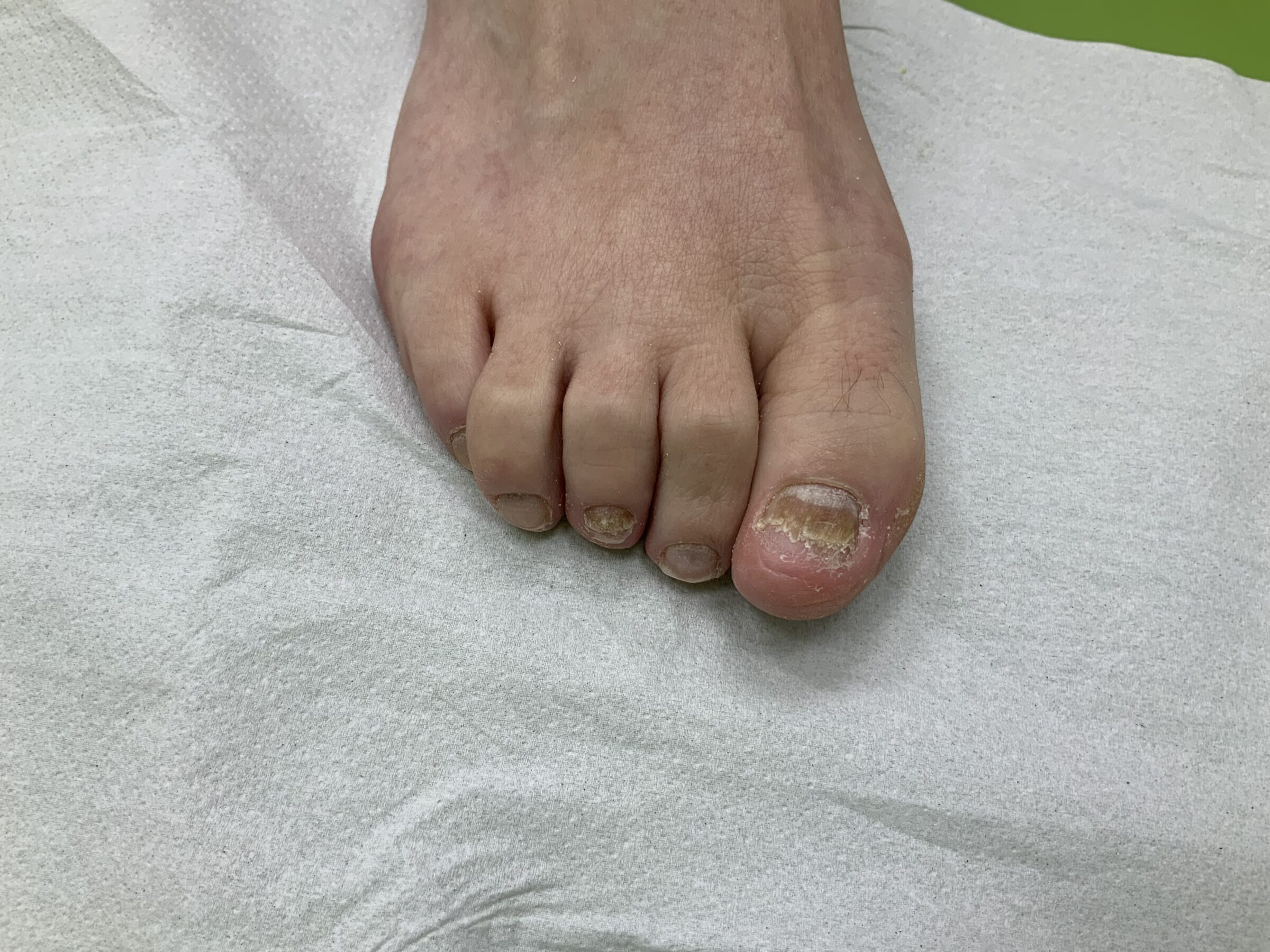
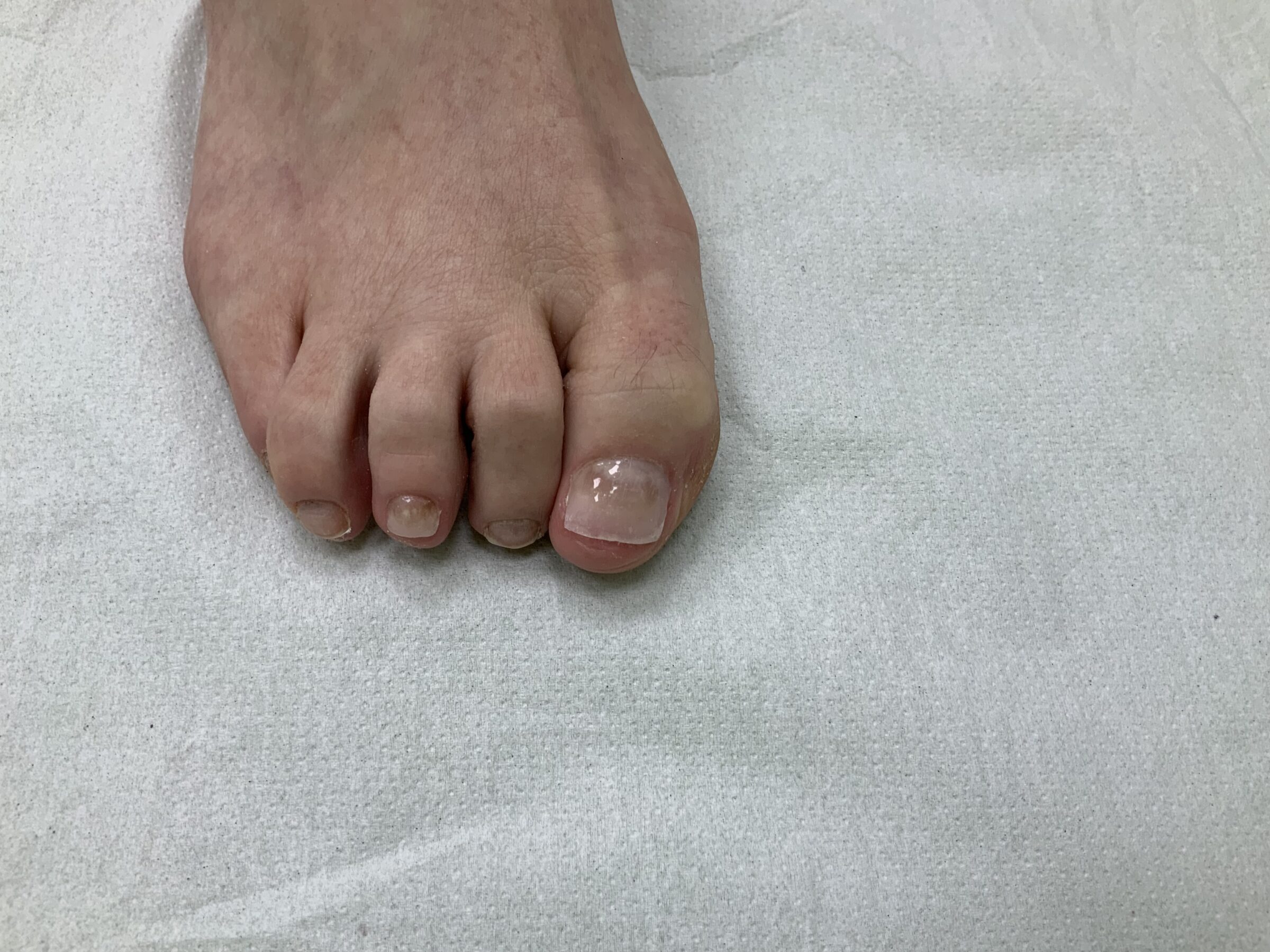
Our team of podiatrists at South Dublin Podiatry are experts in toenail reconstruction, helping 1000’s of patients get back their confidence.
Toenail reconstruction is a specialised treatment performed by qualified podiatrists to restore damaged or unsightly toenails for both cosmetic and medical purposes. It involves applying multiple layers of a special gel to the damaged nail or affected area, which is then hardened under a UV lamp. The gel used for toenail reconstruction is an acrylester, specifically designed to bond with the exposed nail until it grows out naturally. Unlike acrylic nails, which are primarily used for cosmetic purposes, toenail reconstruction serves a dual function of aesthetic improvement and addressing underlying nail pathologies.
Yes, toenail reconstruction can be beneficial for individuals with fungal nail infections. The gel used in the reconstruction process acts as a protective barrier for the infected nail, allowing concurrent treatment methods like the Lacuna Method to be more effective. This means patients can have their nails aesthetically improved while also treating the fungal infection simultaneously.
The duration of toenail reconstruction results can vary from person to person. With proper care, most patients can expect their medical-grade artificial nails to last for around 6 weeks. However, it is essential to follow the podiatrist’s recommendations for maintenance and care to ensure long-lasting results.
No, toenail reconstruction is typically a painless and comfortable procedure. The gel used is non-invasive, and the application process is gentle. Patients may experience a mild sensation of warmth during the UV light hardening phase, but this is generally well-tolerated.
Yes, toenail reconstruction can be used to correct the appearance of ingrown toenails. By reshaping the nail and providing a protective cover, reconstruction helps alleviate discomfort and promote proper nail growth.
Toenail reconstruction is generally suitable for individuals of all ages, including older adults and teenagers. However, it is essential to consult with a podiatrist to assess individual suitability and discuss any specific concerns or medical conditions.
The toenail reconstruction procedure typically takes about 30 to 60 minutes, depending on the extent of the damage and the number of nails being treated. It is a relatively quick and efficient process.
Yes, you can wear regular shoes after toenail reconstruction. The gel used in the reconstruction process is slightly flexible, making it less likely to break or cause discomfort while wearing shoes. However, it is essential to follow any post-treatment instructions provided by the podiatrist to ensure proper healing and maintenance.